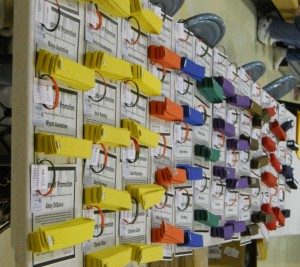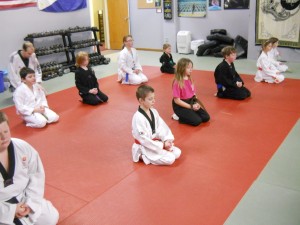“Good self-esteem is an important factor in raising healthy children. Children who have good self-esteem are more likely to act independently, handle both positive and negative emotions, assume responsibility and appropriately handle peer pressure, according to the National Mental Health Information Center at the United States Department of Health and Human Services.” “Additionally people with good self-esteem are more likely to create healthy, secure and honest relationships and are less likely to develop eating disorders, depression or other mental health conditions according to the Mayo Clinic.”
www.DoSomething.org lists several facts pertaining to low self-esteem:
- Low self-esteem is actually a thinking disorder in which an individual views himself as inadequate, unworthy, unlovable, and/or incompetent. Once formed, this negative view of self permeates every thought, producing faulty assumptions and ongoing self-defeating behavior.
- Seven in ten girls believe they are not good enough or do not measure up in some way, including their looks, performance in school and relationships with friends and family members.
- A girl’s self-esteem is more strongly related to how she views her own body shape and body weight, than how much she actually weighs.
- 78% of girls with low self-esteem admit that it is hard to feel good in school when you do not feel good about how you look (compared to 54% of girls with high self-esteem).
- 75% of girls with low self-esteem reported engaging in negative activities such as disordered eating, cutting, bullying, smoking, or drinking when feeling badly about themselves (compared to 25% of girls with high self-esteem).
- 61% of teen girls with low self-esteem admit to talking badly about themselves (compared to 15% of girls with high self-esteem).
These facts may seem insurmountable, but they are not. Many things can be done to help raise a young  girls’self-esteem ~ including taking Taekwondo.
girls’self-esteem ~ including taking Taekwondo.
Taekwondo is a fantastic form of physical exercise, thereby helping with weight control and body tone. When a girl is fit, mentally and physically, she is less prone to regard herself negatively. She also becomes stronger within herself and is more resistant to negative impressions from the media and her peers.
Taekwondo teaches children self-respect. When a girl learns to respect herself, she also learns that she is worthy of respect from others. This lesson will help her to stand strong against bullying or mistreatment from others.
Taekwondo is a focused sport. Through this focus, a child is better able to ignore outside influences. Children who take martial arts often see a rise in their grades at school because they find themselves better able to pay attention to their teachers, they fidget less, and can control their breathing during stressful situations (like testing). Because martial arts students have an easier time staying on task, they are also more disciplined when it comes to homework and extra-curricular activities. Seeing higher grades and better results in other athletics is a wonderful boost to their self-confidence.
Our classes revolve around positive reinforcement. Children earn tapes when they accomplish a task such as learning a new form. These tapes give an instant reward as they work toward their next belt ranking. The belt ranks also serve as a visual indication of progress and achievement. The entire process of rewarding a job well done is intricate to helping raise a child’s self-esteem.
Each class at the AAC is a mixture of belts within the categories of beginner, intermediate, and advanced. For example, white, yellow, and orange belts are all in the beginner class together. This offers all children an opportunity to see not only what they are aspiring to, but to help others realize their potential as well. Being able to be an example for a lower belt is a fantastic opportunity for a child to display their skills and feel confident!
Self-esteem and self-confidence play an important role in how a child grows. By helping them to feel better about themselves, we are helping them to become better adults in the future.
Angel Perkins, Enrollment Specialist





